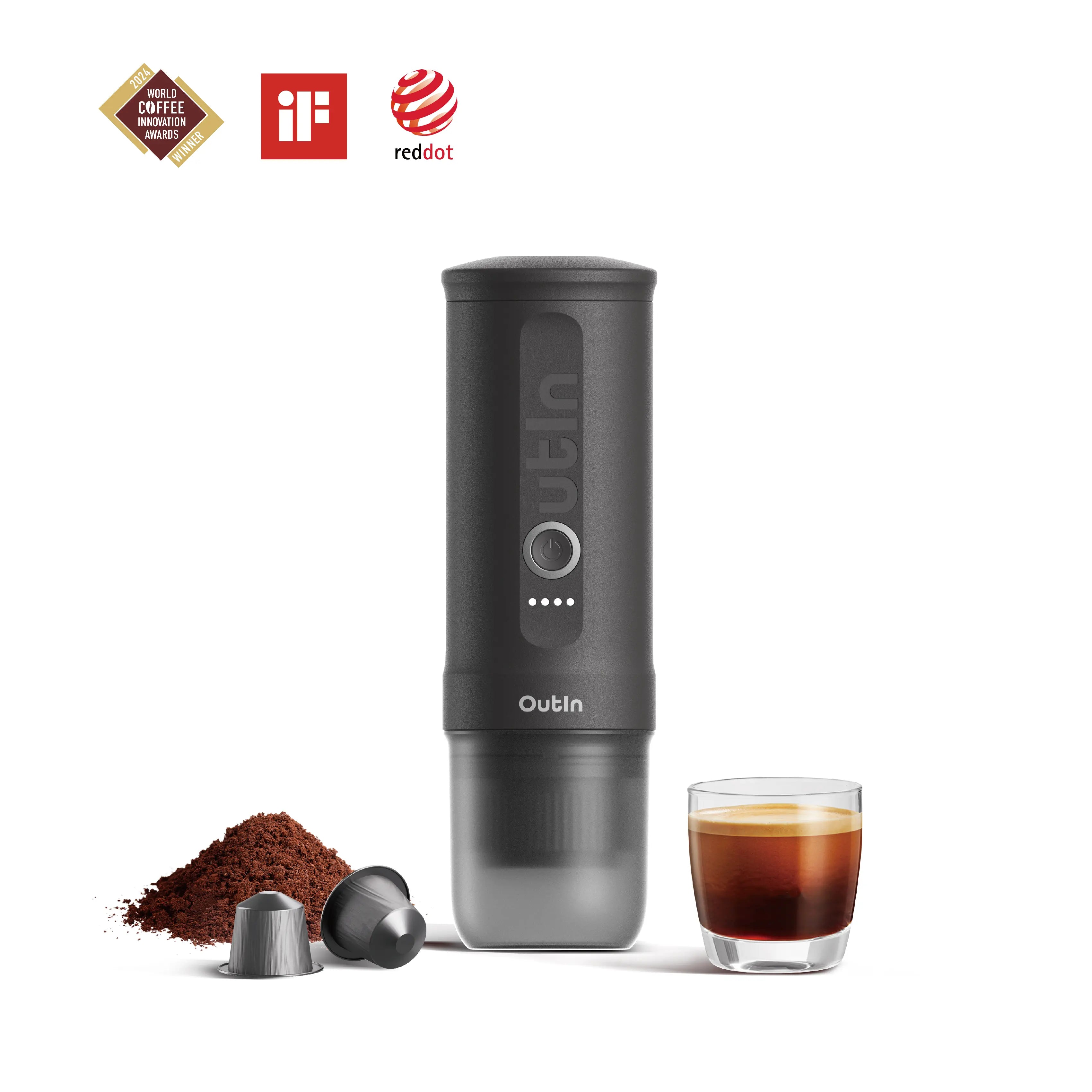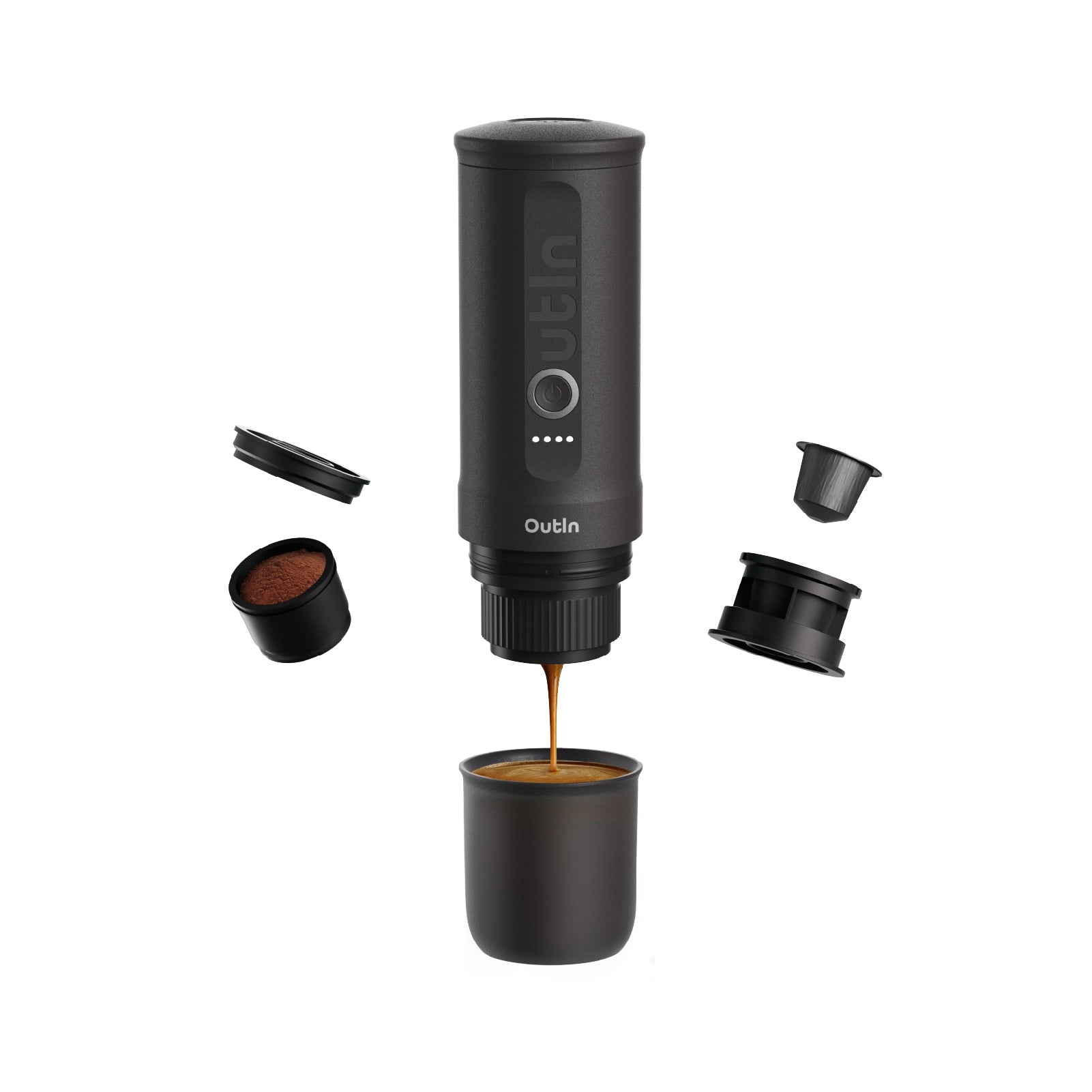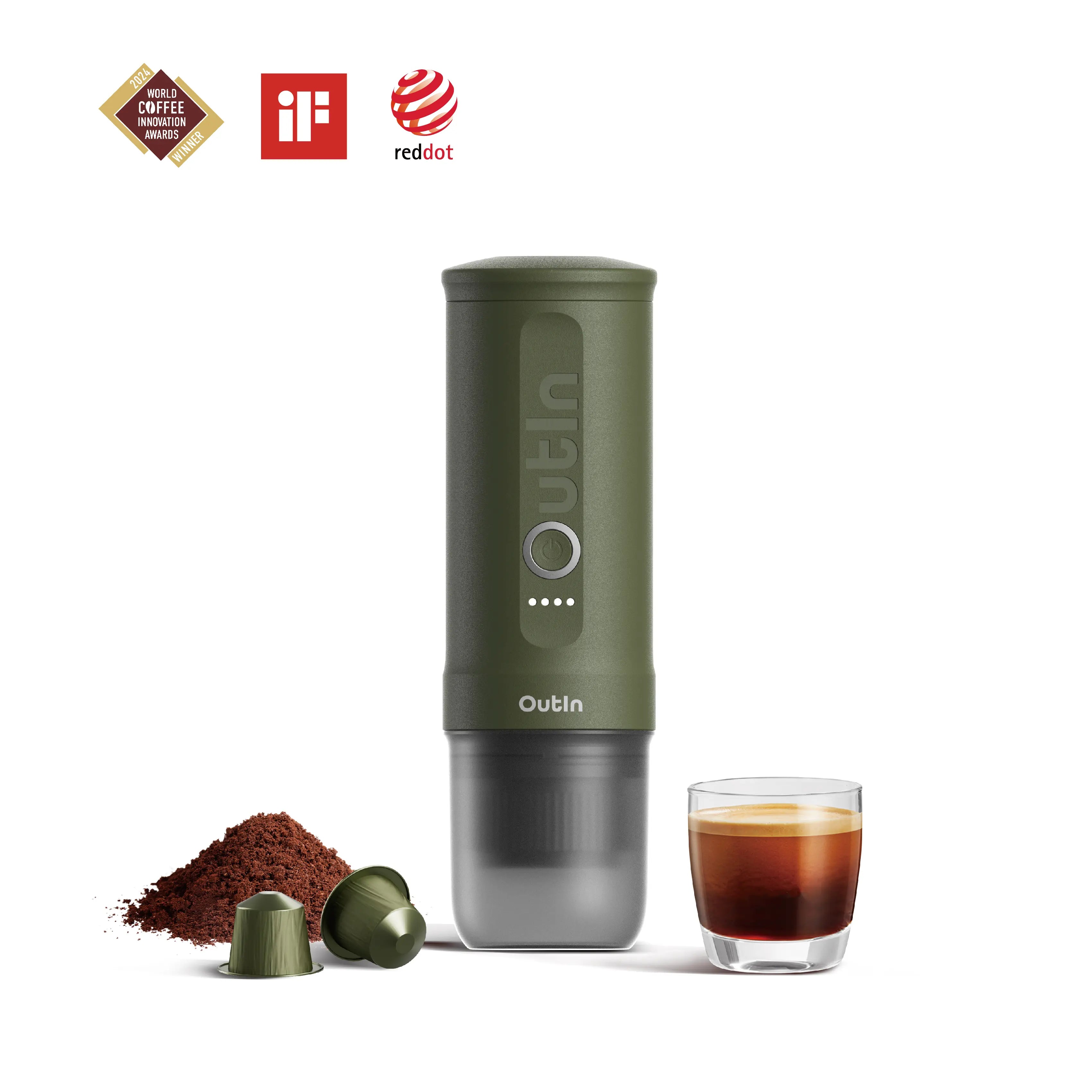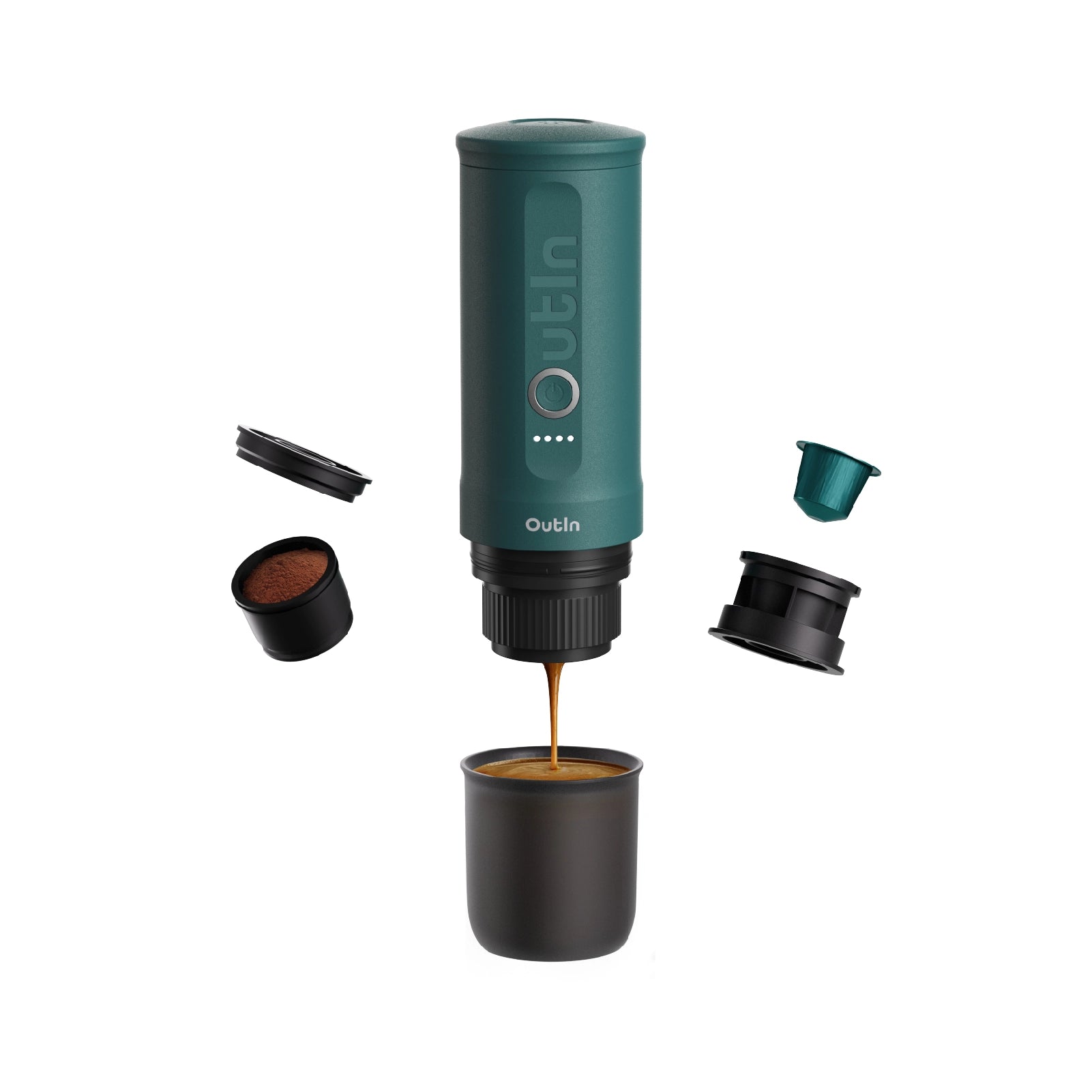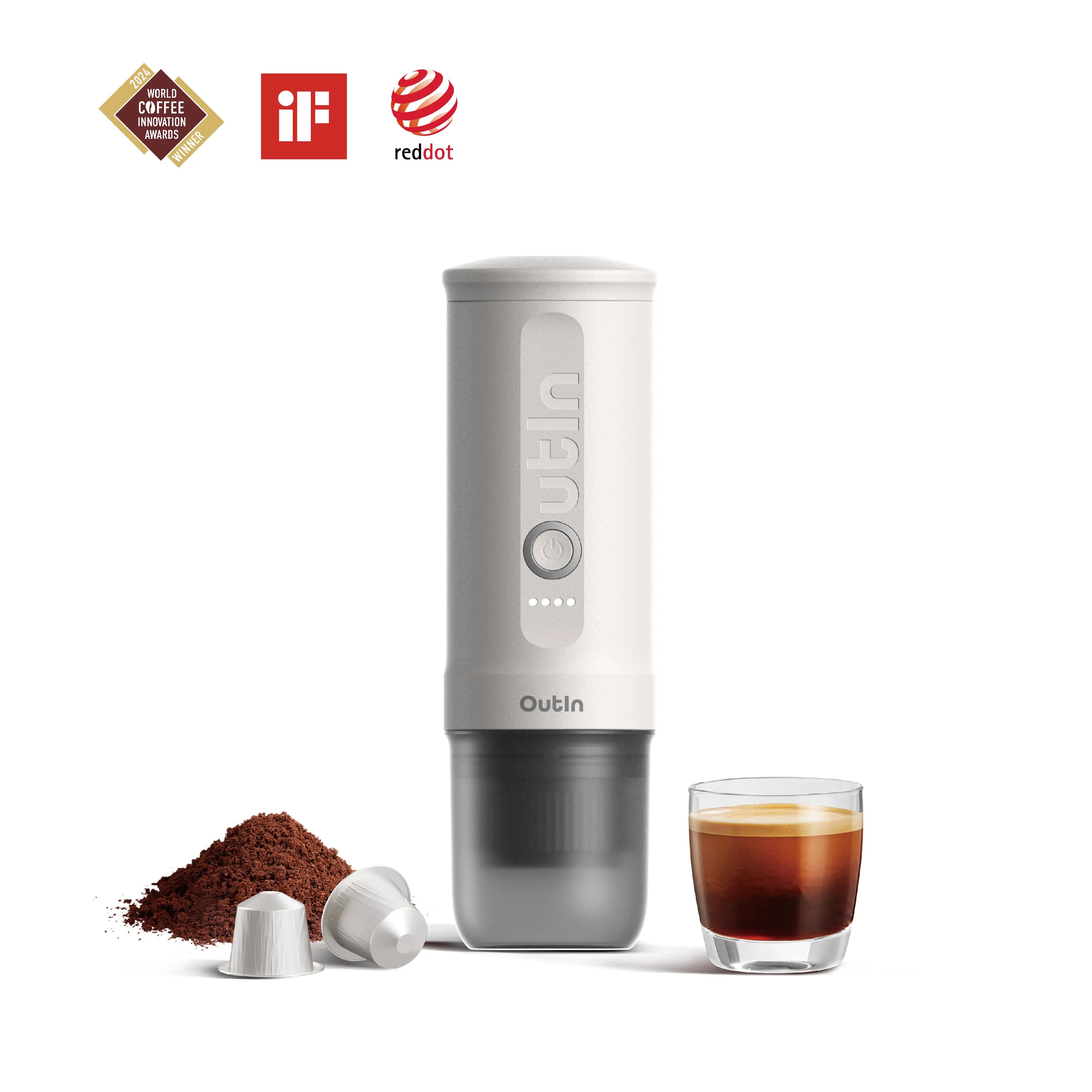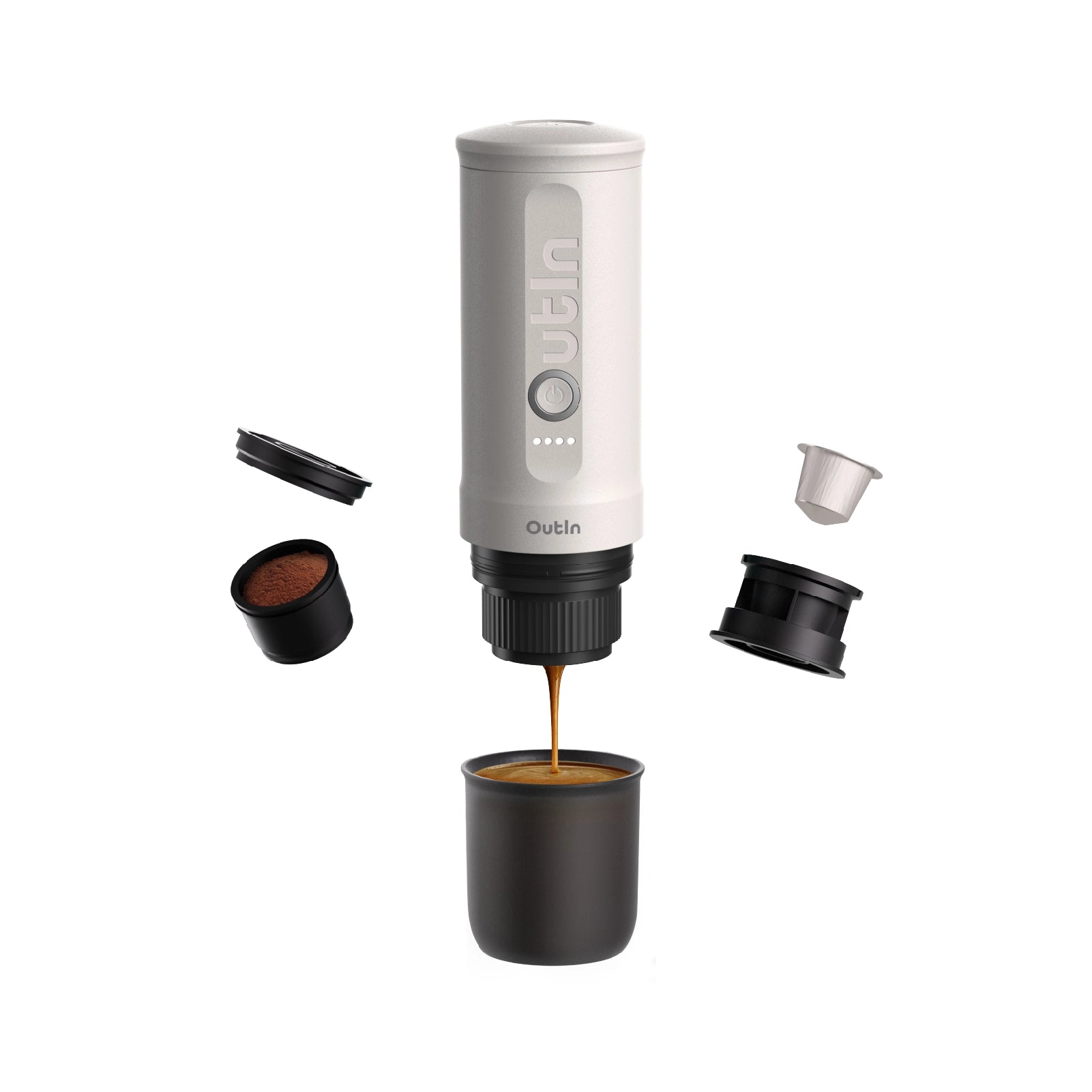☕ Coffee to Water Ratio Calculator
Calculate the perfect coffee-to-water ratio for precise brewing
| Roast Level | Temperature |
|---|---|
| Light Roast | 200–205°F (93–96°C) |
| Medium Roast | 195–200°F (90–93°C) |
| Dark Roast | 190–195°F (88–90°C) |
| Roast Level | Temperature |
|---|---|
| Light Roast | 203–212°F |
| Medium Roast | 194–203°F |
| Dark Roast | 185–195°F |
- Ristretto (Robust) 20 – 25 seconds
- Espresso (Balanced) 25 – 30 seconds
- Lungo (Mild) 30 – 40 seconds
- Fast (Mild) 4 minutes
- Average (Balanced) 5 minutes
- Slow (Robust) 6 minutes
How to use this calculator?
Step 1: Select Your Brew Method:
choose from 8 popular brewing methods: Espresso,Pour-over, French Press, Autodrip, Moka Pot, Aeropress, Siphon, or Cold Brew. Each method has preset coffee-to-water ratios for optimal brewing.
Step 2: Choose Your Intensity Level:
Select your preferred flavor profile,The intensity automatically updates the recommended coffee-to-water ratio for your chosen brew method.
- Mild Light and clean taste (fast brew time)
- Balanced-Classic, well-rounded flavor (average brew time)
- Robust Strong and bold taste (slow brew time)
Step 3: Select Your Calculation Mode:
Decide what you want to calculate:
- By Coffee Weight- Enter how much coffee grounds you have, and the calculator shows you the required water amount
- By Water Weight- Enter how much water you'll use, and the calculator shows you the required coffee grounds
Step 4: Enter Your Amount
Input your measurement in the text field. Choose your preferred unit: g (grams), ml (milliliters), cup, or oz (ounces). The calculator automatically converts between units while maintaining the correct ratio.
Step 5: View Your Results
The calculator displays in real-time:
- Your coffee-to-water ratio (e.g., 1:16)
- Coffee weight
- Water weight
- Your selected brew method
- Recommended water temperature
- based on roast level
- Recommended brewing time based on intensity
Step 6: Reference Temperature & Time Guides
Below the calculator, check the two guide modules:
- Water Temperature Guide - Shows optimal water temperatures for light, medium, and dark roasts (this is the temperature when water enters the coffee grounds, not kettle setting)
- Brewing Time Guide - Displays recommended brewing times: 4 minutes for mild, 5 minutes for balanced, and 6 minutes for robust flavors
Coffee Ratio FAQs
Why is the Espresso ratio different from Pour-over?
Espresso uses high pressure (9 bars) to extract flavors quickly. While pour-over uses a 1:15 to 1:17 ratio, Espresso typically uses a 1:2 ratio (e.g., 18g coffee grounds yields 36g liquid espresso). This creates a concentrated, syrupy shot with crema, which is the base for lattes and cappuccinos.
What is the best coffee to water ratio?
The ideal coffee-to-water ratio depends on your brewing method and taste preference. Generally, a 1:15 to 1:17 ratio works well for most methods. For example:
- Pour-over: 1:16 (balanced) to 1:13 (robust)
- French Press: 1:15 (balanced) to 1:13 (robust)
- Cold Brew: 1:12 to 1:15 for concentrate
How many grams of coffee per cup?
For a standard 6-8 oz cup, use approximately 10-15 grams of coffee. This translates to:
- Mild strength: 10-12g coffee per cup
- Balanced strength: 12-15g coffee per cup
- Robust strength: 15-18g coffee per cup
What is the ideal brewing temperature for different roast levels?
Water temperature significantly affects extraction:
- Light Roast: 203-212°F (higher temperature needed for proper extraction)
- Medium Roast: 194-203°F (balanced extraction temperature)
- Dark Roast: 185-195°F (lower temperature prevents over-extraction)
Should I measure coffee in tablespoons or grams?
Grams are strongly recommended for consistency and accuracy. Coffee beans vary in density, so:
- 1 tablespoon ≈ 5-7g (varies by roast and grind)
- Using a digital scale ensures repeatable results
- Weight measurements are more precise than volume
How does brewing time affect coffee strength?
Brewing time directly impacts extraction and flavor:
- 2 minutes: Lighter, more acidic, mild flavor
- 3 minutes: Balanced extraction, medium body
- 4+ minutes: Fuller body, more bitter compounds extracted
- Adjust time based on your taste preference
What's the difference between coffee ratios for different brewing methods?
Different methods require adjusted ratios due to extraction efficiency:
- Moka Pot: 1:6-1:9 (concentrated espresso-style)
- French Press: 1:13-1:15 (longer extraction time)
- Pour-over: 1:13-1:18 (controlled extraction)
- Cold Brew: 1:12-1:15 (long extraction compensates)
Blog posts
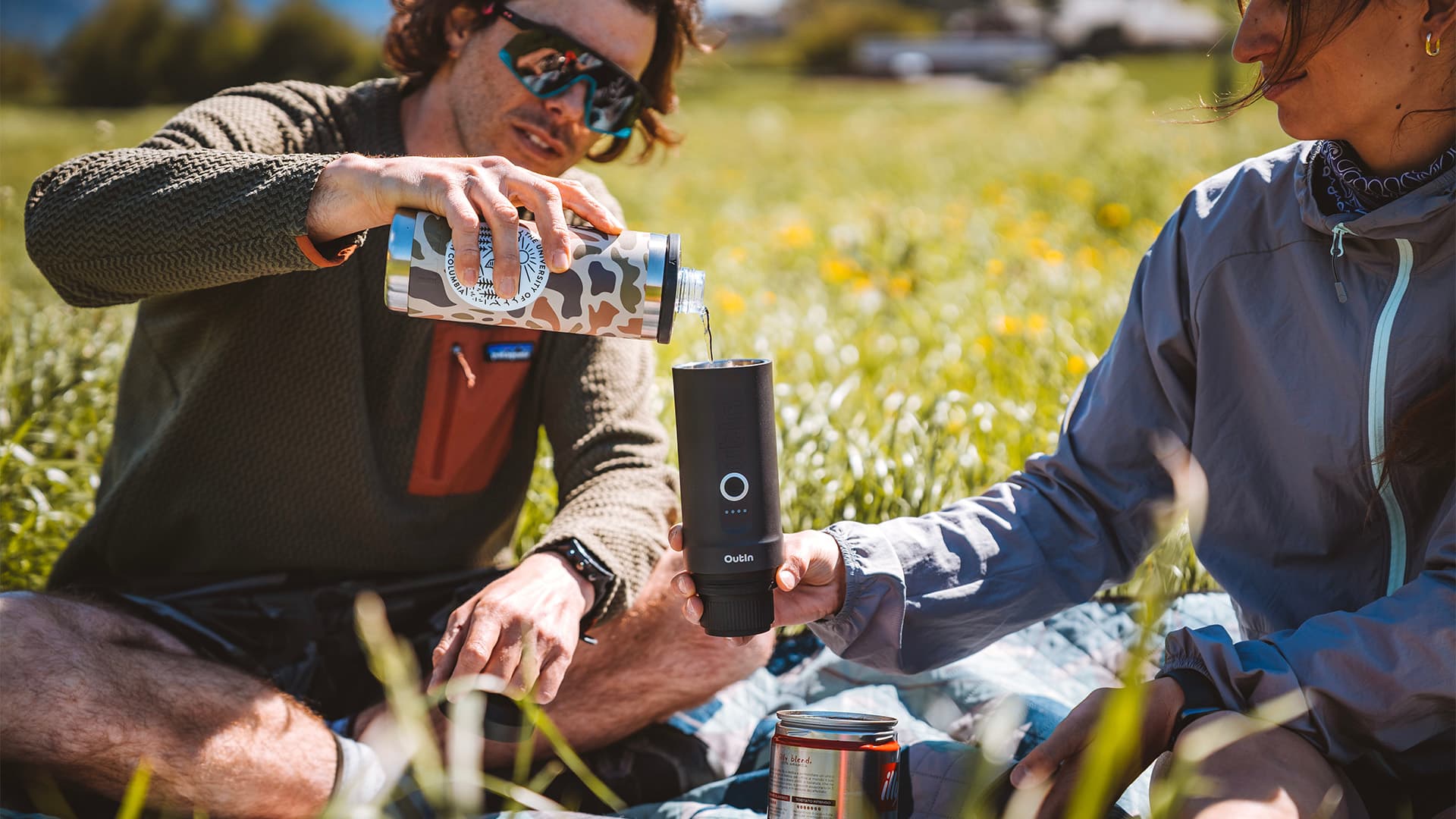
Best Portable Espresso Machines for Road Trips and Adventures in 2026
Need great coffee on the road? See how a portable espresso machine and travel coffee maker deliver barista-quality espresso (Outin Nano) wherever you go.
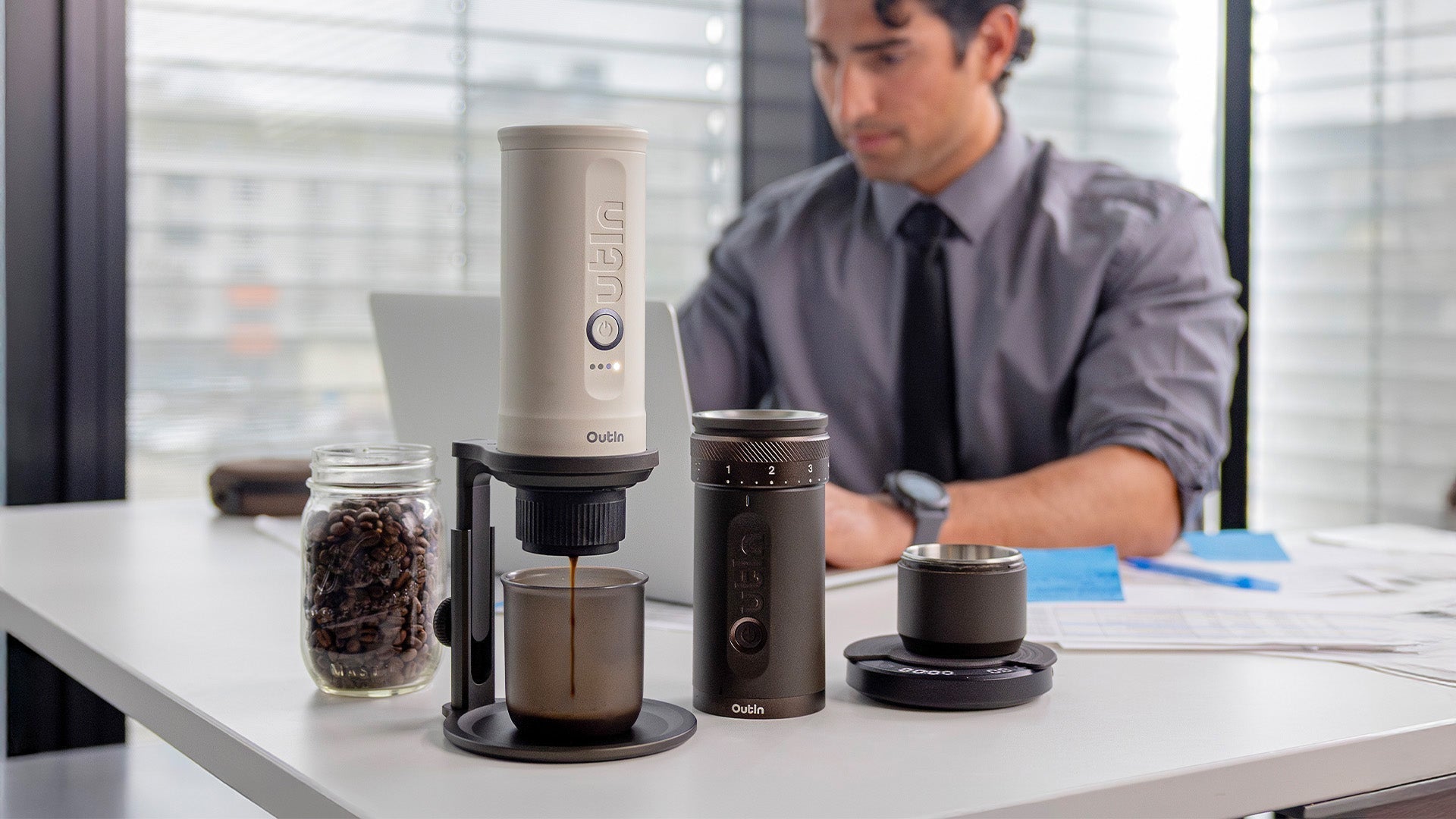
Smart Coffee Spending in 2026: How to Cut Costs Without Sacrificing Taste
Keep your favorite brew and cut cafe costs. Use ingredient economy tips—buy beans in bulk, steam milk at home & plan routines that beat impulse cafe purchases.

2026 Coffee Lovers’ Money-Saving Guide: Enjoy Great Espresso for Less
Make barista-quality espresso for less: save money on espresso with a budget machine, fresh beans, a burr grinder, and simple milk-frothing tips.


